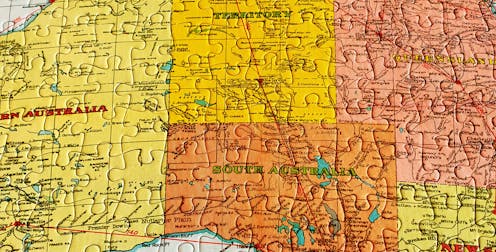The government's net-zero modelling shows winners, we've found losers as well
- Written by Philip Adams, Professor at the Centre of Policy Studies, Victoria University

On Friday November 12, after a wait of a fortnight[1], the government released a 100-page summary of the modelling and analysis behind its claim that an emissions target of net-zero by 2050 would leave the economy no worse off.
The report details both formal in-house modelling using a large global economic model and a relatively informal but detailed assessment of employment outcomes prepared by the consultancy McKinsey & Company.
The formal modelling starts with a scenario labelled “no Australian action”, in which every developed country other than Australia cuts its emissions to net-zero by 2050, and when taken together every country other than Australia does whatever else is needed to hold global warming to 2°C.











